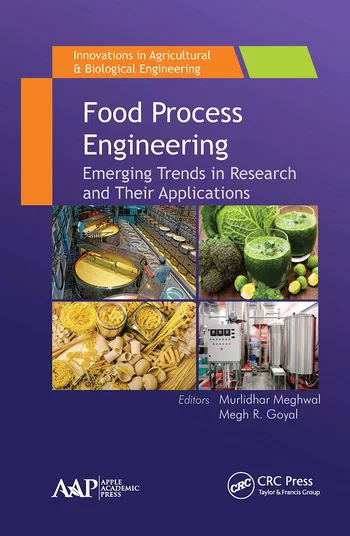Report reveals recent food recall trends
The ERS conducts the first recall study to use both FDA and FSIS data.

The US Economic Research Service (ERS) recently conducted a study on the number of food product recalls.
Using data compiled from records of the USDA Food Safety and Inspection Service and the US Food and Drug Administration, the ERS reports food product recalls increased significantly from 2004 through 2013; recalls due to undeclared allergens nearly doubled in the decade.
An analysis such as this using data from both FDA and FSIS recalls has not previously been completed, thus, fills an important void in the literature. Identification of any patterns and trends can provide guidance for manufacturer best practices and targets for regulatory oversight.
The following are key findings from the report:
-Food product recall events increased by an average of 20 events a year from 2004 through 2013. However, this should not be interpreted to mean that foods are becoming riskier. Rather, the ERS says an increasingly complex food supply system, technology improvements in health risk detection, increased regulatory oversight and enforcement, and the passing of two major food policy laws (FALCPA and FSMA) may have all contributed to the significant rise in food recalls.
-To pinpoint the exact driving factors behind the increase in food recalls, the ERS examined trends and patterns by analyzing recall events over time by the types of foods recalled, the health risks involved, the severity of the health risks and the geographic distribution of recalled products.
-Recalls increased across several major aggregate food categories (grain products, animal products and prepared foods), increased across all three severity classes (particularly Class II) and occurred more frequently in highly populated states.
-Recalls of upstream ingredients, such as peanut butter and pistachios, can expand exponentially and impact dozens, if not hundreds, of downstream manufacturers that use the implicated ingredients. From 2004 through 2013, 22.4 percent of all recalls were the result of an upstream ingredient being recalled first. The widespread impact of these expanded recalls suggests that high-risk ingredients that are shipped to multiple manufacturers through various marketing channels for consumption in various settings may require greater oversight to prevent disastrous ripple effects for downstream manufacturers.
-There was a significant increase in the number of recalls due to undeclared allergens. From 2004 through 2013, undeclared allergens were a leading cause of food recalls, accounting for 27.4 percent of all recall events. FALCPA, which was put in place in 2006, requires that all eight major food allergens (wheat, eggs, peanuts, milk, tree nuts, soybeans, fish, and crustacean shellfish) be properly labeled on food products. Thus, FALCPA likely played a major role in the dramatic increase in the number of undeclared allergen recalls.
-The ERS wants to monitor future undeclared allergen recalls to determine whether the total number of recalls continues to increase or whether the observed increase was part of an industry adjustment period as manufacturers adapted to the requirements of FALCPA. -Due to the cost of recalls, this finding suggests manufacturers should increase the time and effort spent in reviewing labels to ensure they are accurate prior to sale.
-Pathogen contamination did not cause a significant increase in the total number of recalls. To read this report, please click here.
Looking for a reprint of this article?
From high-res PDFs to custom plaques, order your copy today!








